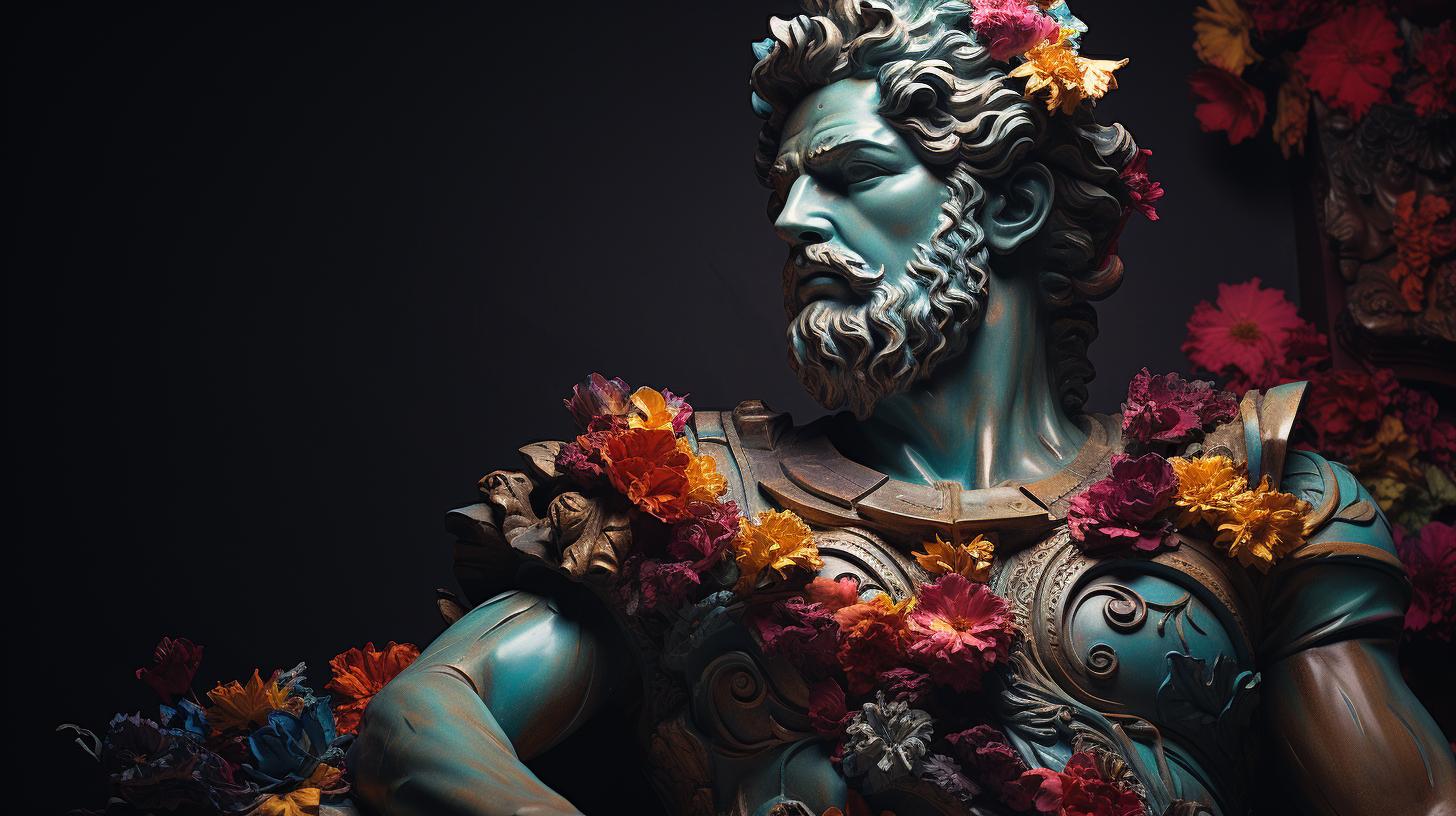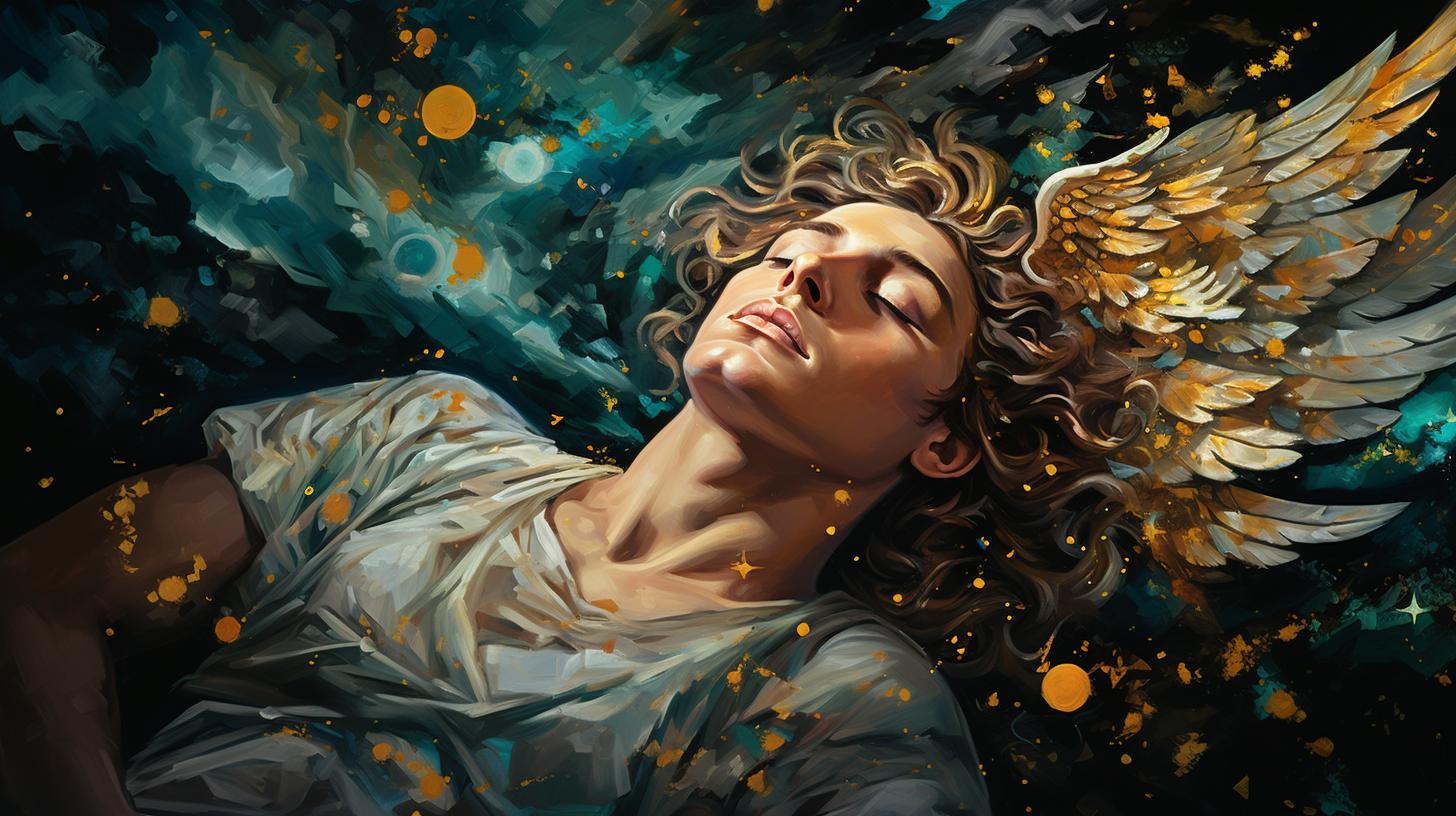Roman God Honos: Unveiling the Honor and Chivalry in Roman Mythology

Honos, the Roman god of honor and chivalry, holds a significant role in ancient Roman mythology. Often depicted alongside Virtus, the goddess of bravery, Honos symbolizes the virtues of honor in Roman culture.
Several temples dedicated to Honos were erected throughout ancient Rome, including the notable Temples near Puerta Collina and Puerta Capena. These sacred spaces served as sites of worship and ritual, including the annual Roman Cavalry Parade.
Notable figures such as Quintus Fabius Maximus Verrucosus and Gaius Marius played significant roles in the construction and commemoration of Honos’ temples. Explore the intriguing world of Honos and his impact on Roman society and mythology.
The Role of Honos in Roman Mythology
Honos, the Roman god of honor and chivalry, played a significant role in the ancient Roman mythology. As the personification of honor, Honos held a revered position in Roman society, representing the virtues highly valued by the Romans.
His presence and influence extended to various aspects of Roman life, from military valor to social conduct.
Honos: God Personifying Honor and Chivalry
Honos was admired and revered by the Romans as the embodiment of honor and chivalry. He symbolized the importance of upholding a sense of honor in personal and public life, inspiring individuals to act with integrity, respect, and dignity.
Honos served as a guiding force for the Roman people, reminding them of the values that formed the foundation of their society.
Honos and Virtus: The Dynamic Divine Duo
Honos shared a close association with Virtus, the goddess of bravery. Together, they formed a dynamic divine duo, representing the interconnectedness of honor and courage. Their combined presence emphasized the importance of upholding both virtues in personal and societal endeavors.
Honos and Virtus served as role models, encouraging Roman citizens to display honorable behavior coupled with the courage to act when faced with challenges.
Depictions of Honos and Virtus in Art and Literature
The significance of Honos and Virtus is evident in various artistic and literary depictions from ancient Rome. They were often portrayed together, with Honos depicted wearing a crown of laurel leaves, symbolizing victory and honor.
Virtus, on the other hand, adorned a helmet, representing her association with bravery. These artistic representations were visual reminders of their esteemed status in Roman society, reinforcing the values upheld by the people.
- Artistic Depictions:
- Sculptures and reliefs featured Honos and Virtus in victorious poses, symbolizing their association with honor and bravery.
- Frescoes and mosaics depicted them alongside notable historical figures, further emphasizing their importance.
- Literary References:
- Poems, plays, and historical accounts often mentioned Honos and Virtus, praising their virtues and celebrating their impact on Roman society.
- Epics like Virgil’s “Aeneid” highlighted their roles in shaping the destiny of Rome and the heroic deeds of its inhabitants.
The artistic and literary depictions of Honos and Virtus not only captured their physical attributes but also served as symbols of inspiration for the Roman people, reminding them of the values they were expected to uphold.
Temples Dedicated to Honos in Ancient Rome
Temples dedicated to Honos played a significant role in ancient Roman society, serving as important centers of worship and reverence. These temples were architectural marvels, reflecting the devotion and admiration the Romans had for the god of honor and chivalry.
The First Temple of Honos near Puerta Collina
One of the earliest temples erected in honor of Honos was located near Puerta Collina, on the north side of the city. Built possibly in the 3rd century BC, this temple stood as a testament to the Romans’ deep respect for the virtues embodied by Honos.
It served as a sacred space where worship and offerings were made in the god’s honor.
The Double Temple of Honos and Virtus near Puerta Capena
The double temple of Honos and Virtus, situated outside Puerta Capena on the south side of Rome, further exemplified the importance of these deities in Roman mythology. Initially dedicated solely to Honos, this temple was expanded and embellished by Marcus Claudius Marcellus in the late 3rd century BC.
Marcellus adorned the temple with magnificent works of art brought from Syracuse after his victory in 212 BC. This temple stood as a grand homage to both Honos and Virtus, their presence intertwined in the collective conscience of the Roman people.
Expansion and Artistic Contributions by Marcus Claudius Marcellus
Marcus Claudius Marcellus, recognizing the significance of Honos and Virtus, undertook the expansion of the double temple near Puerta Capena. His efforts not only included enlarging the physical structure but also bringing in exquisite artworks that added to the splendor and beauty of the temple.
These artistic contributions showcased the artistic prowess and cultural achievements of the Roman Empire.
Gaius Marius’ Temple of Honos on Velia
Gaius Marius, a notable figure in Roman history, constructed a temple dedicated to Honos on Velia, near his residence on the Via Sacra. This temple stood as a testament to Marius’ reverence for the god of honor and the importance he placed on embodying virtuous values in Roman society.
- The temples of Honos were revered sites
- Marked by grandeur and architectural brilliance
- Reflecting the deep respect for the god of honor and chivalry
- Each temple carried its own historical significance and artistic significance
These temples served as places of religious importance where sacrifices were offered and rituals observed.
The devotion to Honos and the ongoing worship at these temples reinforced the values of honor and chivalry in Roman society.
Worship and Rituals at Temples of Honos
Worship and rituals held at the temples dedicated to Honos played a significant role in Roman religious practices and cultural traditions. These temples served as sacred spaces where devotees gathered to honor and pay tribute to the god of honor and chivalry.
This section delves into the annual Roman Cavalry Parade held at the Temple of Honos and Virtus, as well as the restorations by emperors that ensured the continuity of worship.
Annual Roman Cavalry Parade at the Temple of Honos and Virtus
At the Temple of Honos and Virtus, an extraordinary event known as the annual Roman Cavalry Parade took place, attracting great crowds and excitement. This grand parade celebrated the valor and bravery of the Roman cavalry, symbolizing the embodiment of Honos and Virtus.
It showcased the equestrian skills of the Roman soldiers, their disciplined formations, and their dedication to upholding the prestigious virtues of honor and bravery.
Restorations by Emperors and Continuity of Worship
Emperors recognized the importance of the temples dedicated to Honos and carried out restorations to maintain their significance. Over the centuries, various emperors, including Vespasian and others, contributed to the preservation and enhancement of these sacred sites.
These efforts ensured the continuity of worship and emphasized the enduring cultural and religious significance of Honos in Roman society. Through restorations and reverence, the worship of Honos remained an integral part of the Roman religious landscape.
Historical Events and Personalities Associated with Honos
The Roman god Honos has been closely intertwined with significant historical events and prominent personalities throughout Roman history. Two notable figures who played integral roles in their association with Honos are Quintus Fabius Maximus Verrucosus and Gaius Marius.
Quintus Fabius Maximus Verrucosus and the Victory over the Ligures
Quintus Fabius Maximus Verrucosus, also known as Fabius Cunctator, earned his place in history through his remarkable triumph over the Ligures. As commander of the Roman forces during the Second Punic War, Fabius executed a brilliant military strategy that resulted in a significant victory.
In commemoration of this achievement, a temple dedicated to Honos was constructed, symbolizing the honor and valor demonstrated by Fabius and his troops in the face of adversity.
Gaius Marius and his Triumphs: Building the Temple of Honos
Gaius Marius, a renowned general and statesman of the late Roman Republic, also left his mark on the association with Honos. Marius achieved several notable triumphs, most notably his victories over the Cimbri and Teutones.
These significant military successes led to the construction of a temple dedicated to Honos on Velia, near his residence on the Via Sacra. This temple served as a testament to the honor and glory earned by Marius in his military endeavors, symbolizing the divine recognition of his achievements.
- An exemplary leader, Quintus Fabius Maximus Verrucosus secured his place in history through his victory over the Ligures.
- The triumphs of Gaius Marius over the Cimbri and Teutones led to the construction of the temple of Honos, honoring his exceptional achievements.
These extraordinary historical events symbolize the influential role that Honos played in the lives and aspirations of notable figures in Roman history.
The temples dedicated to Honos stand as grand monuments, honoring the valor, honor, and chivalry exemplified by these individuals. The enduring legacy of Honos continues to inspire and remind us of the significance of honor in Roman mythology and society.
FAQs about Honos in Roman Mythology
How is Honos portrayed in Roman art?
In Roman art, Honos is often depicted wearing a crown of laurel leaves, symbolizing victory and achievement. This representation emphasizes his association with honor and glory. Honos is usually depicted as a well-groomed and dignified figure, standing proudly and exuding a sense of nobility.
His depiction in art serves as a visual reminder of the importance Roman society placed on honor and chivalry.
What is the significance of the temples dedicated to Honos?
The temples dedicated to Honos held immense significance in Roman culture. They served as sacred spaces for worship and ritual ceremonies, allowing Romans to honor and pay tribute to the god of honor and chivalry.
These temples also acted as symbols of societal values, reinforcing the importance of honor in Roman society. They were not merely physical structures but also places where Romans could come together to reinforce their shared ideals of honor and bravery.
How did Honos and Virtus influence Roman society?
Honos and Virtus, as closely related deities, played a significant role in shaping Roman society. Their association with honor, courage, and valor influenced the behavior and values of Roman citizens. Honos emphasized the importance of upholding honor and integrity in all aspects of life, including personal conduct, military service, and public life.
Virtus, on the other hand, embodied bravery and valor, inspiring individuals to display courage and exhibit virtuous behavior. Together, Honos and Virtus served as moral guides, encouraging Romans to lead honorable lives and contribute to the betterment of society.
…




















